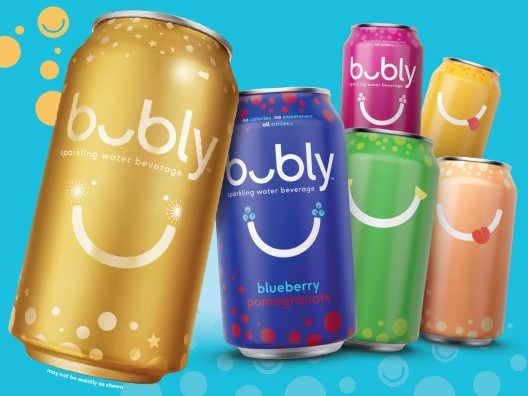I began my career in advertising as a media strategist in London. This was back in the last days of the full service agency, so whilst I waited for those precious five minutes reserved for me to go through the media strategy at the end of the meeting, I had the chance to listen to my account planning colleagues present their thinking on the creative strategy.
The one thing that always struck me as odd was the assumption that the consumer and brand inhabited a world where only they exist. Brand communication travelled through this vacuum in a straight line to the consumer. There was no context. What little context existed was categorical; brands existed within their category but did not live in the real world.
Let’s be frank, the marketing industry finds the real world scary. It’s messy, fuzzy and very big. It’s fashion, politics, art, Real Housewives of Atlanta, technology, Kim and Kanye, education and Minecraft.
It’s culture.
Culture provides the overall framework for us as humans to organize our thoughts, emotions and behaviours in relation to the world in which we live. We may be born into a culture, but it is not innate. It’s learned, and culture is what teaches us how to think, how to feel and instructs us how to act.
Importantly, culture influences how brands are perceived; it’s culture that gives brands meaning in the world. Grant McCracken, author of Chief Culture Officer, describes culture as both visible “small” culture, the latest fast-moving fashions and fads, and invisible “big” culture, long-standing and slow-moving values and traditions that underpin how we live. How do we make sense of all of that? The default option in our industry is to think about it as noise and try and shout above it. But that strategy is now impossible without a near infinite budget.
Douglas Holt and Douglas Cameron argue that marketers have become obsessed with consumer “need-states” and “brand truths.” They propose “cultural innovation” as an alternative source of insight. We shouldn’t abandon the need to understand what’s happening inside the heads of consumers or the importance of uncovering brand truths, but importantly, we need to make sure we have some real insight into the world in which consumers and brands live.
I believe there are three areas of insight: a “participant truth,” uncovering what our audience really cares about that might cause them to change their behaviour; “brand truth,” something that a brand could offer, whether an attribute or belief, which would encourage people to act; and most importantly, a “cultural truth,” which is the cultural context. It should be a clear articulation of what can we connect to in culture, both big and small culture, which increases the odds the creative idea will help give a brand influence?
Identifying the cultural truth is also an opportunity to generate a bold hypothesis, which is central to a good creative brief. Jeremy Bullmore talks about these as high potency insights whose strength lies in their power to evoke. He describes a good insight as being like a refrigerator; as soon as you look into it a light comes on. But a strong cultural insight is not easy to find. The anthropologist, Edward T. Hall, said, “Culture hides more than it reveals, and strangely enough what it hides, it hides most effectively from its own participants.”
As advertisers, we must immerse ourselves in culture. We need to go beyond the familiar comfort of focus groups, tracking studies and Google searches. We need to embrace “real” fieldwork and first-hand observation. In other words, instead of being passive observers, agencies need to get out into the real world as active participants. Through this immersion in culture, we’re able to understand and importantly, articulate the potential for a brand to transcend its category and play a more significant role in the real world.
I don’t believe we should fight culture when developing advertising. Why fight something that can be leveraged? And when leveraged properly, it enables brands to genuinely influence what people think, feel and do. Agencies can either leave it to chance and hope that creative teams stumble across a rich cultural insight, or we can integrate it into the strategic development process and have it drive creative thinking from the start.
Yusuf Chuku is head of strategic services, McKinney, New York.
Image via Shutterstock

























